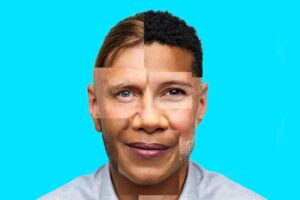
More retailers are adopting facial recognition to identify VIP customers and to avoid thefts, according to some exhibitors demonstrating smart cameras at Secutech Taipei 2019.
Luxury brands like CHANEL have long had a problem, which is they can’t identify their VIP customers. This is because customer service staff switch jobs often and new hires won’t necessarily recognize VIP guests.
Smart solution allows stores to conduct facial recognition in real-time, identifying VIPs, who have purchased before, once they walk into the store.
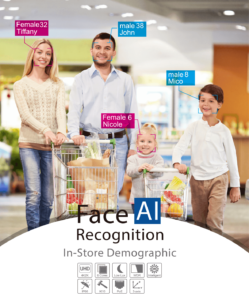
Preventing steals is another area where facial recognition can assist. Take the example of POYA, a personal beauty and everyday merchandise chain store across Taiwan. It loses as much as 5-8% worth of merchandise every year.
POYA is to employ facial recognition to prevent the loss. POYA’s surveillance cameras have already taken shots of suspects who stole in the past. With these suspects’ pictures, the cameras can be trained so that next time these people walk in, the store’s staff can be forewarned.
At Secutech 2019, some exhibitors showed how facial recognition can help stores increase sales.
Shops are constantly searching ways or making adjustments so that customers will buy more. They are now turning to the tool of facial recognition.
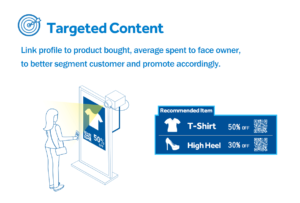
A clothing store, for example, wants to know what customers do after they come in. Do they walk to the right, to the left or simply walk straight? With this knowledge, the store can make changes on staff allocation or merchandise placement accordingly.
In some cases, customers will move in the opposite direction where a store wants them to go. However, this knowledge wouldn’t be available if video analytics are not employed.
AI in traffic management
GeoVision, a provider of video surveillance systems, showed how AI can help in fields like smart city, smart retail, smart factory and smart building.
For now, smart buildings using facial recognition for access control applications are growing the fastest, GeoVision says. There are companies large and small in different industries interested in using facial recognition. Employees don’t need to scan an access card or their fingerprint anymore, because face is the key now.
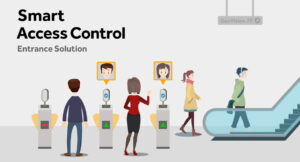
In the field of smart city, there are element like streetlights, smart parking and traffic management like detecting speeding and car moving in the wrong direction.
Surveillance cameras equipped with AI can be useful. For example, a camera can be trained to distinguish different types of vehicles. When placed at a bus stop, it will identify sedans, motorbikes and other vehicles that are not allowed. In a real-world application, when a sedan parks at a bus stop for more than one minute, its picture will be taken while alerts are sent to the authority.
Near 100% accuracy
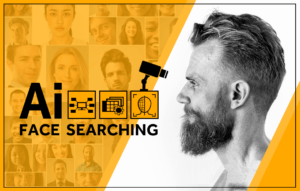
It appears that surveillance cameras can now recognize faces or objects with high accuracy.
Accuracy is closely related to the speed of identification. The cameras’ algorithm allows smart cameras to simultaneously recognize 4,000-plus faces in one second.
In a retail setting, facial recognition is usually conducted at a distance of five meters. The cameras are smart enough to identify a person’s age group, gender, by means of analyzing the wrinkles, color tones on the face, etc.
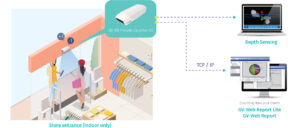
When it comes to using surveillance cameras in a retail setting, every client may have different requirement. Some are just interested in people counting, to measure how many people have come into the store.
Adapted from a&s Magazine



































































